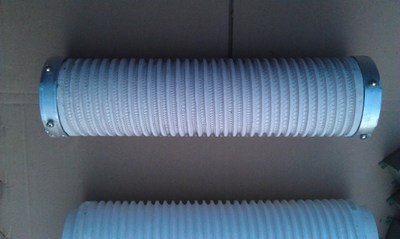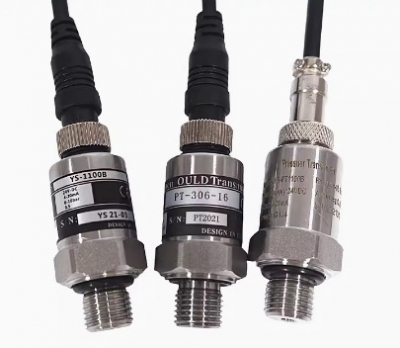- Bộ lập trình PLC, cáp lập trình
- Màn hình HMI
- Cảm biến, phụ kiện
- Biến tần, khởi động mềm
- Máy cắt, Aptomat, khởi động từ
- Thiết bị đo lường, bảo vệ
- Thiết bị công nghiệp, tự động hóa
- Thủy lực, khí nén, van công nghiệp
- Motor, Servo motor, Servo Amplifier
- Thyristor, Module, SCR, SSR, Diode
- Phụ kiện tủ điện và vỏ tủ điện
- Cáp điện, ống bảo vệ cáp
- Thiết bị điện trung thế, truyền tải
- Thiết bị chống sét, kim thu sét
- Dụng cụ cầm tay, dụng cụ tool
- ATS, UPS, tụ bù, cuộn kháng
-
Thiết bị ngành xi măng, thép, nhiệt điện
-
Thiết bị vật tư điện nhẹ-viễn thông
điện trở sấy đầu sứ máy biến áp lọc bụi tĩnh điện
Electrostatic precipitator high voltage DC damping resistor / high voltage damping resistor / high power damping resistor
Damping resistor common specifications: 400MM*100MM Mounting hole: M16
Common resistance value and power: 100Ω-2000 Ω /100W-3000W
Supporting high-voltage electrostatic precipitator: 50MA-2200MA/30KV-150KV
Damping resistor common specifications: 400MM*100MM Mounting hole: M16
Common resistance value and power: 100Ω-2000 Ω /100W-3000W
Supporting high-voltage electrostatic precipitator: 50MA-2200MA/30KV-150KV
Tình trạng sản phẩm:
Its parameter size specifications can be quickly customized;
The damping resistor acts to effectively absorb the higher harmonic components of the secondary circuit of the rectifier transformer, prevent the output loop from resonating, and effectively protect the rectifier transformer. A damping resistor must be provided at the output of the rectifier transformer. In any case, it is absolutely not allowed to connect the rectifier transformer output directly to the electric field without a damping resistor.
The electrostatic precipitator rectifier transformer matches the parameter size of the damping resistor. Currently, there is no uniform standard in the country. The rated power of the damping resistor must be greater than the product of its resistance and the square of the secondary rated current, and a certain safety margin must be left.
At present, the damping resistors installed in the field are installed between the output of the rectifier transformer and the high-voltage isolating switch, and some are installed between the high-voltage isolating switch and the high-voltage introduction of the electric field. In theory, these two methods are connected. can. However, considering the convenience and safety of repairing and replacing the damping resistor, the damping resistor is connected between the output of the rectifier transformer and the high-voltage isolating switch. When the damping resistor at the output of a rectifier transformer needs to be repaired or replaced, the electric field is powered off. After the rear isolating switch is placed in the "grounding " position, the damping resistance can be reliably shielded to ensure personal safety, and the remaining adjacent electric fields can continue to operate. Because the electrostatic precipitator often runs several electric fields in series, if the damping resistor is connected between the isolating switch and the electric field high voltage, the electric field is powered off even if the isolating switch is placed " grounded ".
In position, the charged ions generated by the adjacent electric field can still be strung to the damping resistor.
It is well known that the complete disconnection of the damping resistor will result in an " output open circuit " and the electric field will trip. This situation is very obvious and is well judged. However, when the end of the damping resistor or somewhere in the middle falls off and the end of the resistance wire is close to " ground " , corona discharge is generated from the ground, and the result of the meter is very similar to the normal operation of the electric field. When checking the equipment, listen carefully to the discharge sound. If there is a discharge phenomenon at the damping resistor, it should be handled in time.
The damping resistor acts to effectively absorb the higher harmonic components of the secondary circuit of the rectifier transformer, prevent the output loop from resonating, and effectively protect the rectifier transformer. A damping resistor must be provided at the output of the rectifier transformer. In any case, it is absolutely not allowed to connect the rectifier transformer output directly to the electric field without a damping resistor.
The electrostatic precipitator rectifier transformer matches the parameter size of the damping resistor. Currently, there is no uniform standard in the country. The rated power of the damping resistor must be greater than the product of its resistance and the square of the secondary rated current, and a certain safety margin must be left.
At present, the damping resistors installed in the field are installed between the output of the rectifier transformer and the high-voltage isolating switch, and some are installed between the high-voltage isolating switch and the high-voltage introduction of the electric field. In theory, these two methods are connected. can. However, considering the convenience and safety of repairing and replacing the damping resistor, the damping resistor is connected between the output of the rectifier transformer and the high-voltage isolating switch. When the damping resistor at the output of a rectifier transformer needs to be repaired or replaced, the electric field is powered off. After the rear isolating switch is placed in the "grounding " position, the damping resistance can be reliably shielded to ensure personal safety, and the remaining adjacent electric fields can continue to operate. Because the electrostatic precipitator often runs several electric fields in series, if the damping resistor is connected between the isolating switch and the electric field high voltage, the electric field is powered off even if the isolating switch is placed " grounded ".
In position, the charged ions generated by the adjacent electric field can still be strung to the damping resistor.
It is well known that the complete disconnection of the damping resistor will result in an " output open circuit " and the electric field will trip. This situation is very obvious and is well judged. However, when the end of the damping resistor or somewhere in the middle falls off and the end of the resistance wire is close to " ground " , corona discharge is generated from the ground, and the result of the meter is very similar to the normal operation of the electric field. When checking the equipment, listen carefully to the discharge sound. If there is a discharge phenomenon at the damping resistor, it should be handled in time.
-
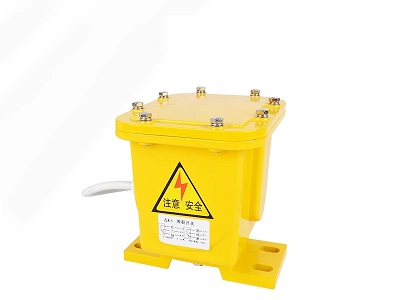
- Công tắc báo rách băng tải ZLK-1 automatic tear switch belt tear switch ZL-II longitudinal tear detector DB-100 Liên hệ
-
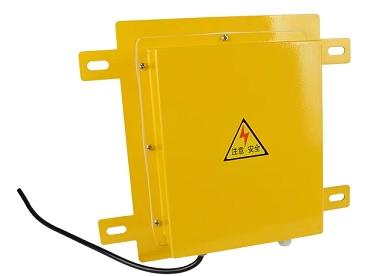
- Công tắc báo tắc phễu bồn bin KBW220 coal blockage switch LDM-Y explosion-proof chute blockage switch DS-I Liên hệ
-
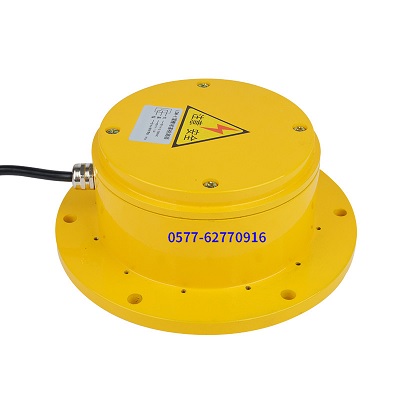
- Công tắc báo tắc phễu bồn bin LDM-X round chute clogging switch DS-I chute clogging detector KBW220 clogging switch XLDS-I Liên hệ
-
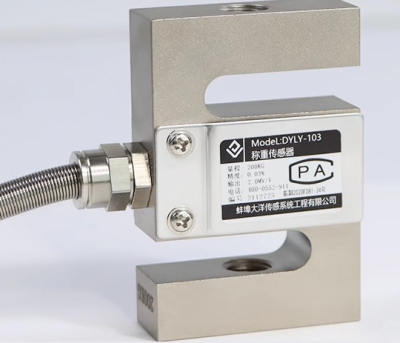
- Cảm biến trọng lượng pressure weighing load cell DYLY-103 batching scale 5kg 10kg 20kg 30kg 50kg 100kg 200kg 300kg 500kg 1000kg 1500kg 2000kg 3000kg 5000kg Liên hệ
-

- Bộ chuyển đổi tín hiệu nhiệt độ Rosemount Temperature Transmitter 248HANANONS 248HANAU1NS 248RANA 248HAK5A2NS 248HAE1U2NS 248HANAN0C4Q4 248HAI5U2NS Liên hệ
-

- Camera công nghiệp Hikvision Industrial Camera MV-CS050-10GM/GC 5 million black and white/color 2/3" Gigabit Ethernet Liên hệ
TÂN THÀNH CAM KẾT
- Sản phẩm, hàng hóa chính hãng.
- Giá cả cạnh tranh.
- Dịch vụ chăm sóc khách hàng tận tâm.
Thông Tin Công Ty
Chính sách và quy định
Hỗ trợ khách hàng
THÔNG TIN LIÊN HỆ:
-------------------------------
CÔNG TY TNHH THIẾT BỊ CÔNG NGHIỆP TTH
Trụ sở: số 124 ngõ 79 Yên Hoà-Cầu giấy-HN
Kinh doanh 1 : 0816.861.515
Kinh doanh 2 : 0836.861.515
Email: tthkinhdoanh@gmail.com
Email: tthkinhdoanh01@gmail.com

